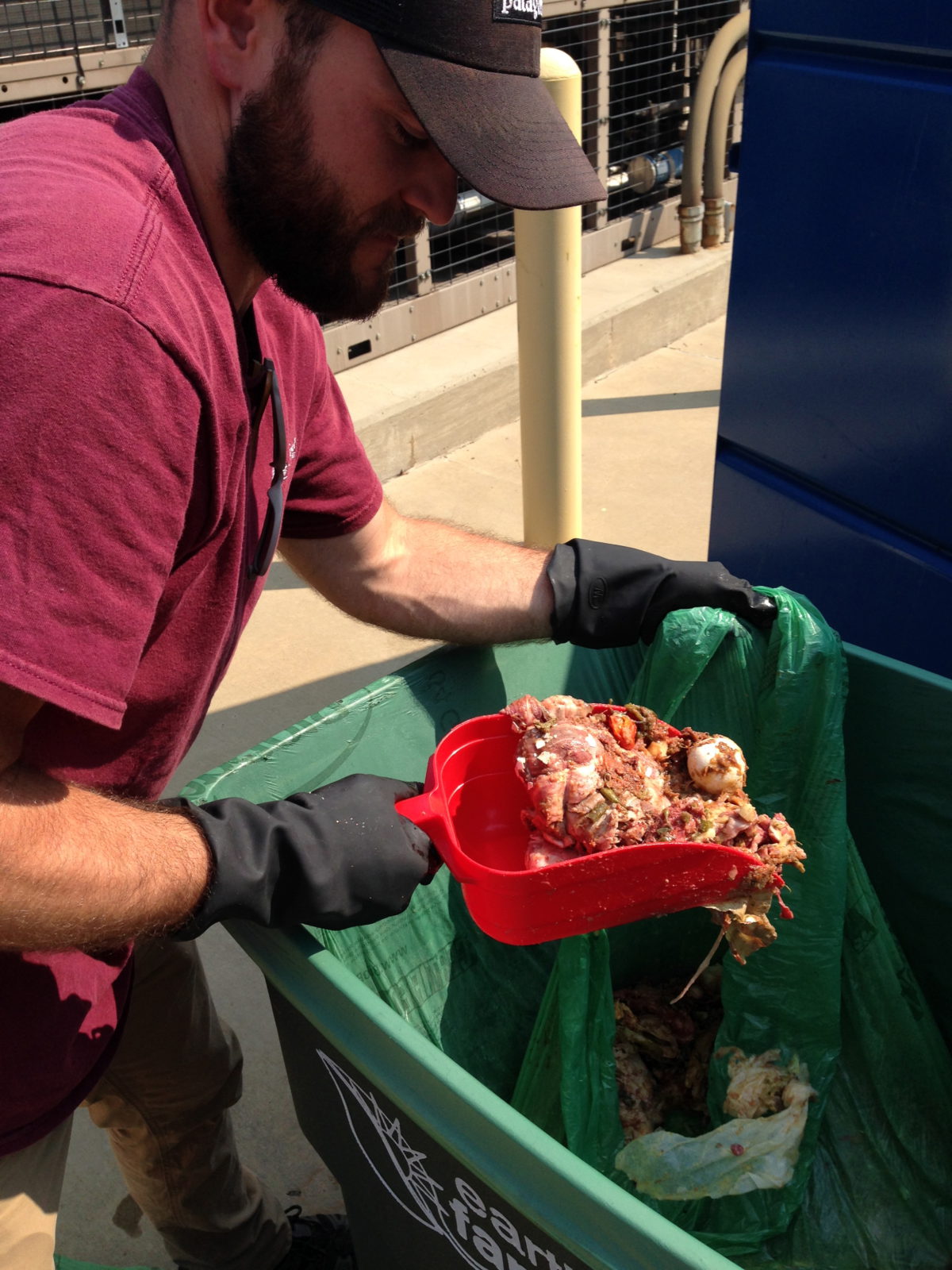The results of a recent survey jointly conducted by the SPC and Packaging Digest show significant differences between SPC members’ and non-members’ approach to sustainable packaging. Compared to the broader collection of industry respondents, SPC members indicated a significantly higher level of understanding of and engagement with sustainable packaging opportunities.
One of the most pronounced differences demonstrated was in respondents’ understanding of the “circular economy” concept and its integration into their companies’ strategies. Non-member respondents were split about half-and-half on their familiarity with the phrase. SPC members, however, were overwhelmingly familiar with the concept – 83% said they were familiar with the phrase and understood what it meant. When asked if the circular economy factored into their companies’ sustainable packaging strategy, 74% of SPC members said yes. Of non-members, only 46% indicated that their company’s strategy was reflective of circular economy thinking. This suggests that SPC excels at staying on the forefront of sustainability thinking.
Perhaps most impressive, SPC members demonstrated superior understanding of the actions needed to realize a more circular economy. Improving recyclability of packaging was shown to be a common goal of all companies regardless of SPC membership status, but SPC members distinguished themselves with the frequency with which they mentioned using post-consumer recycled content (PCR), showing that they embrace not just the “push” but also the “pull” needed to drive recycling. Somewhat surprisingly, increasing PCR usage was the number one most mentioned goal of SPC companies. For non-member respondents, this sank to fourth. SPC members also showed that increasing recycling (and increasing the availability of PCR) requires more than simply putting recyclable packaging in the marketplace. SPC members listed “increasing consumer participation in recycling” as the fourth most prevalent company goal related to sustainable packaging. For non-members, it ranked eleventh.

Although the biggest tenet of circular economy thinking centers on making those connections between end-of-life and beginning-of-life, SPC members indicated that they are far more focused on the full packaging life cycle compared to their non-member counterparts. When asked if their companies focus more on improving end-of-life issues or addressing impacts throughout the life cycle, the number of SPC members who indicated a full life cycle approach was double the number who indicated a primary focus on end-of-life. Of the non-member respondents, those numbers were roughly equal, with respondents split between focusing on the full life cycle versus end-of-life only. This type of thinking was reflected in SPC member companies’ measurements as well, with SPC members responding with much more frequency that they measure life cycle impacts such as greenhouse gas emissions (5 ranks higher than non-members’ indicated company measurements), water quality impacts (4 ranks higher), and water consumption (3 ranks higher).
Why are SPC members outperforming their peers in addressing sustainable packaging? It’s likely that the answer is complex, and while we hope a portion of the credit belongs to the positive impacts of our SPC initiatives and projects, we suspect that a portion of the credit is due to the virtue of having so many leadership companies in the coalition. The survey results suggested one particularly interesting idea: non-member respondents indicated that marketing professionals exert the most influence over sustainable packaging decisions in their companies, while SPC members indicated that R&D professionals were the biggest influencers. In our view, this reinforces the value of the SPC in encouraging innovation and science to back sustainability advancements.

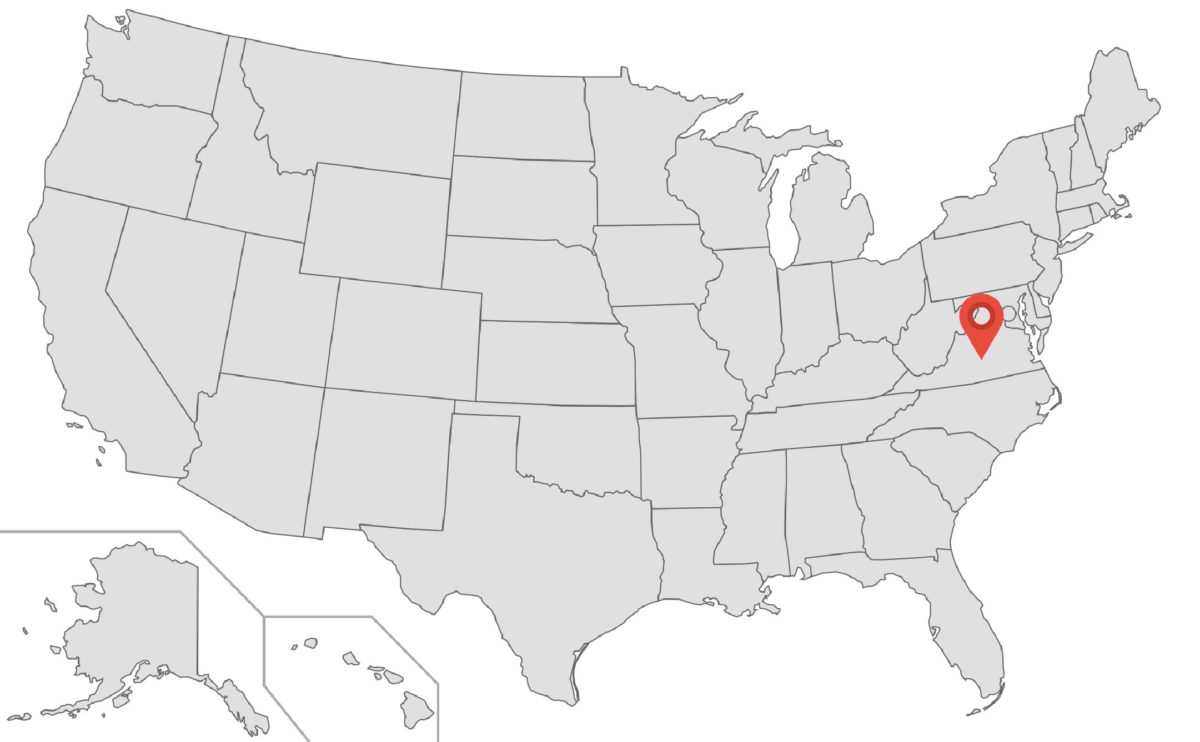
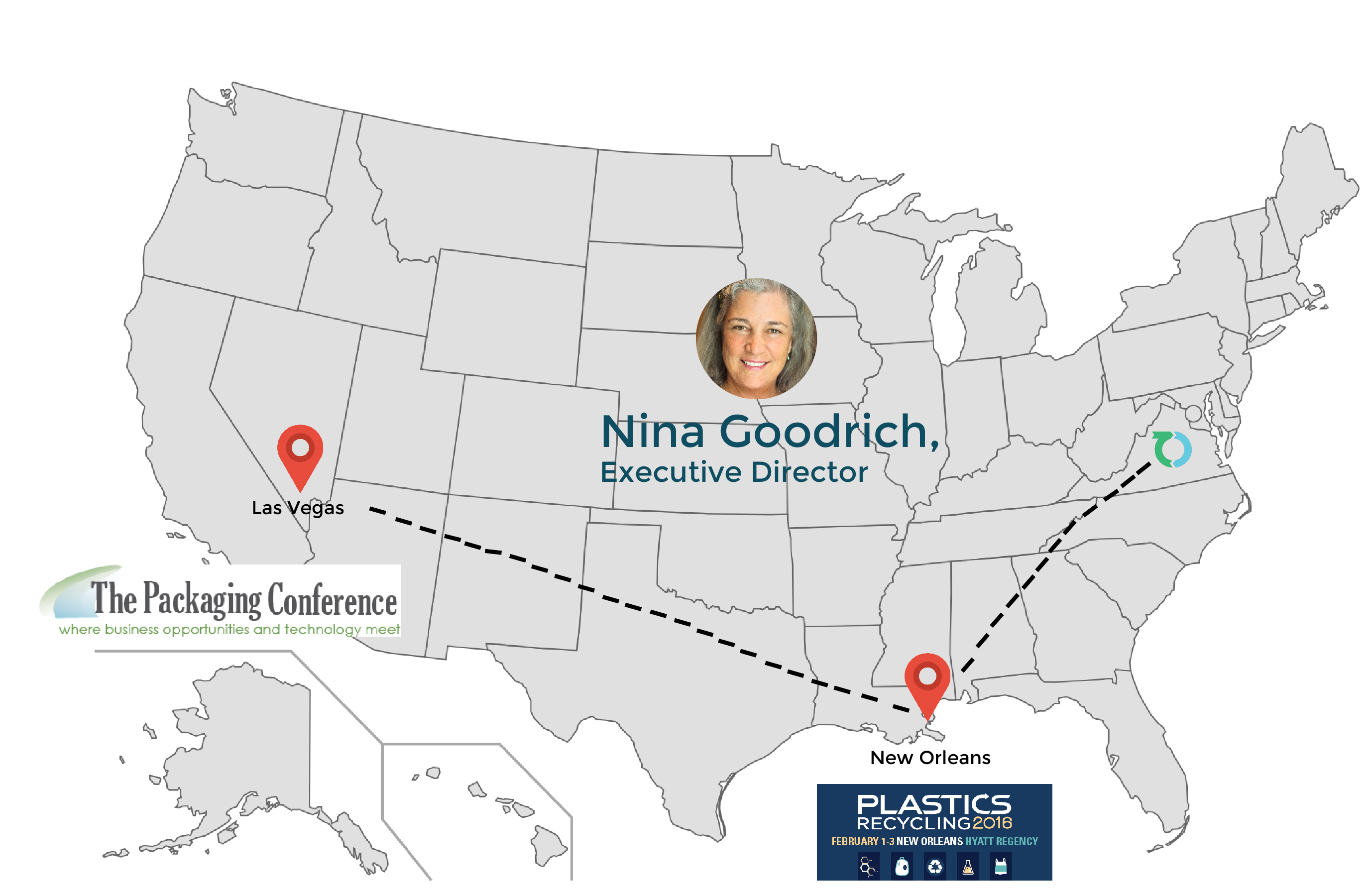


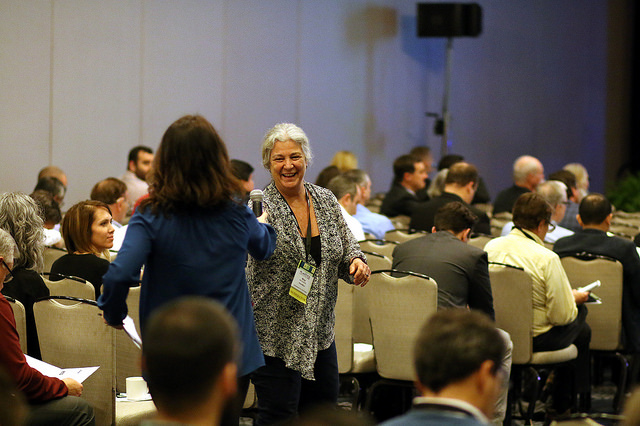
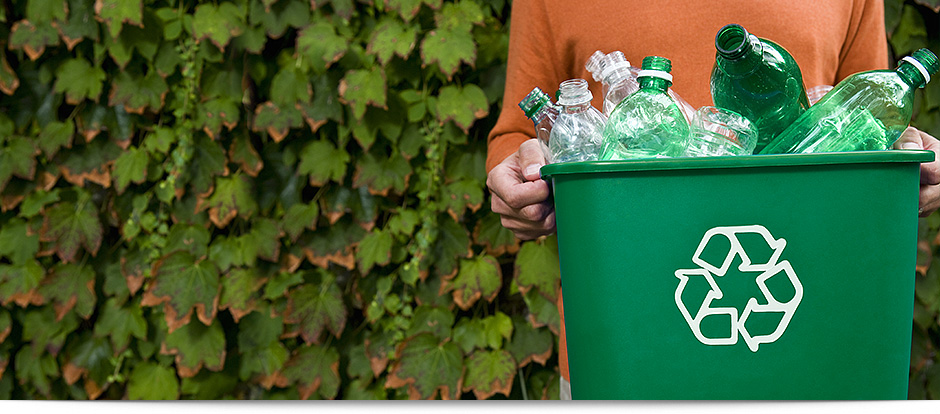

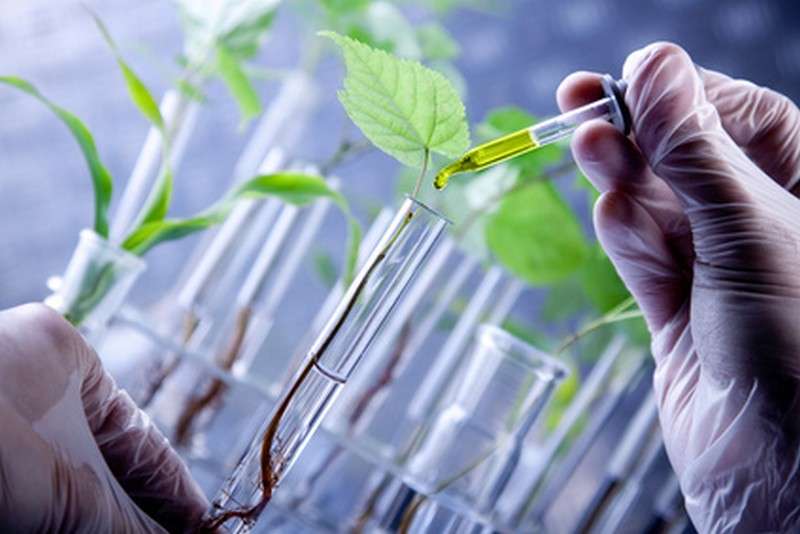
 Bio-based plastics, such as bio-PET or bio-PE, have an identical molecular structure to their conventional counterparts, but are derived from plant or vegetable sources such as corn and sugar that can form chains of polymers. The appeal of their use is that plant-based feedstocks for plastics can reduce dependence on conventional petrochemicals. The
Bio-based plastics, such as bio-PET or bio-PE, have an identical molecular structure to their conventional counterparts, but are derived from plant or vegetable sources such as corn and sugar that can form chains of polymers. The appeal of their use is that plant-based feedstocks for plastics can reduce dependence on conventional petrochemicals. The 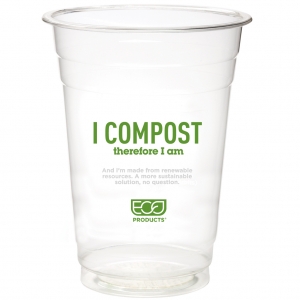 Compostable cold cups, which are a popular option for outdoor events, pose a similar challenge for consumers. They are transparent and have the same feel as conventional plastic, but the markings for “compostable” or “biodegradable” may be hard to identify when they’re on the bottom of the cup or printed in light-colored inks. For on-the-go consumers, a cup that looks and feels like a regular plastic cup may be mistakenly tossed into the trash or recycling. Anyone planning to use compostable or biodegradable cups in lieu of plastic cups should ensure that the cups are clearly distinguishable from regular plastic, that the appropriate compost collection streams are available, and that the customer understands how to dispose of a compostable or biodegradable material. Some compostable plastics are also technically recyclable and recoverable through automated sorting technologies (such as
Compostable cold cups, which are a popular option for outdoor events, pose a similar challenge for consumers. They are transparent and have the same feel as conventional plastic, but the markings for “compostable” or “biodegradable” may be hard to identify when they’re on the bottom of the cup or printed in light-colored inks. For on-the-go consumers, a cup that looks and feels like a regular plastic cup may be mistakenly tossed into the trash or recycling. Anyone planning to use compostable or biodegradable cups in lieu of plastic cups should ensure that the cups are clearly distinguishable from regular plastic, that the appropriate compost collection streams are available, and that the customer understands how to dispose of a compostable or biodegradable material. Some compostable plastics are also technically recyclable and recoverable through automated sorting technologies (such as 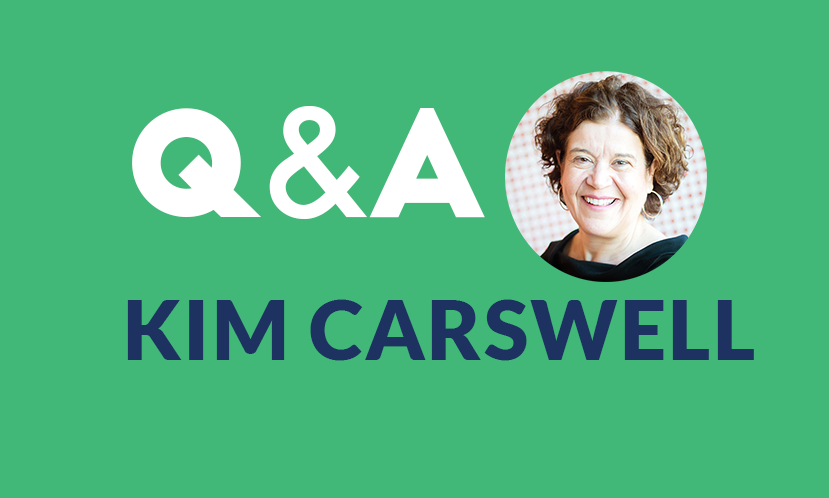
 EC member: Kim Carswell
EC member: Kim Carswell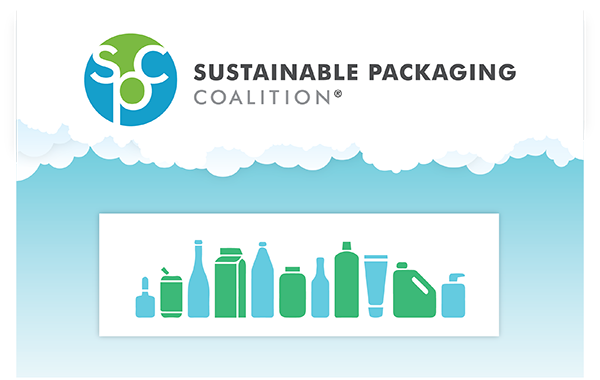
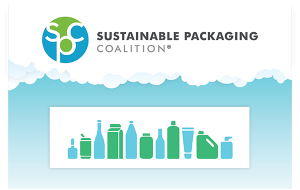 One of the SPC’s core tenets in its approach to making packaging more sustainable is operating with material neutrality. At face value, that means we don’t engage in the paper versus plastic debate. The deeper meaning of our material neutrality, though, is that we never pass judgement on the inherent sustainability of any particular packaging material — good or bad — no matter what type of work we’re engaged in. The SPC is not in the business of advocating the use of one material nor will it ever advise industry to blacklist any particular material. On one hand, material neutrality is a necessary measure to bring diverse stakeholders together and foster an atmosphere of collaboration over competition. On the other hand, material neutrality has become a natural consequence of our objective viewpoint on packaging sustainability. Put simply, we couldn’t pick winners and losers even if we wanted to.
One of the SPC’s core tenets in its approach to making packaging more sustainable is operating with material neutrality. At face value, that means we don’t engage in the paper versus plastic debate. The deeper meaning of our material neutrality, though, is that we never pass judgement on the inherent sustainability of any particular packaging material — good or bad — no matter what type of work we’re engaged in. The SPC is not in the business of advocating the use of one material nor will it ever advise industry to blacklist any particular material. On one hand, material neutrality is a necessary measure to bring diverse stakeholders together and foster an atmosphere of collaboration over competition. On the other hand, material neutrality has become a natural consequence of our objective viewpoint on packaging sustainability. Put simply, we couldn’t pick winners and losers even if we wanted to.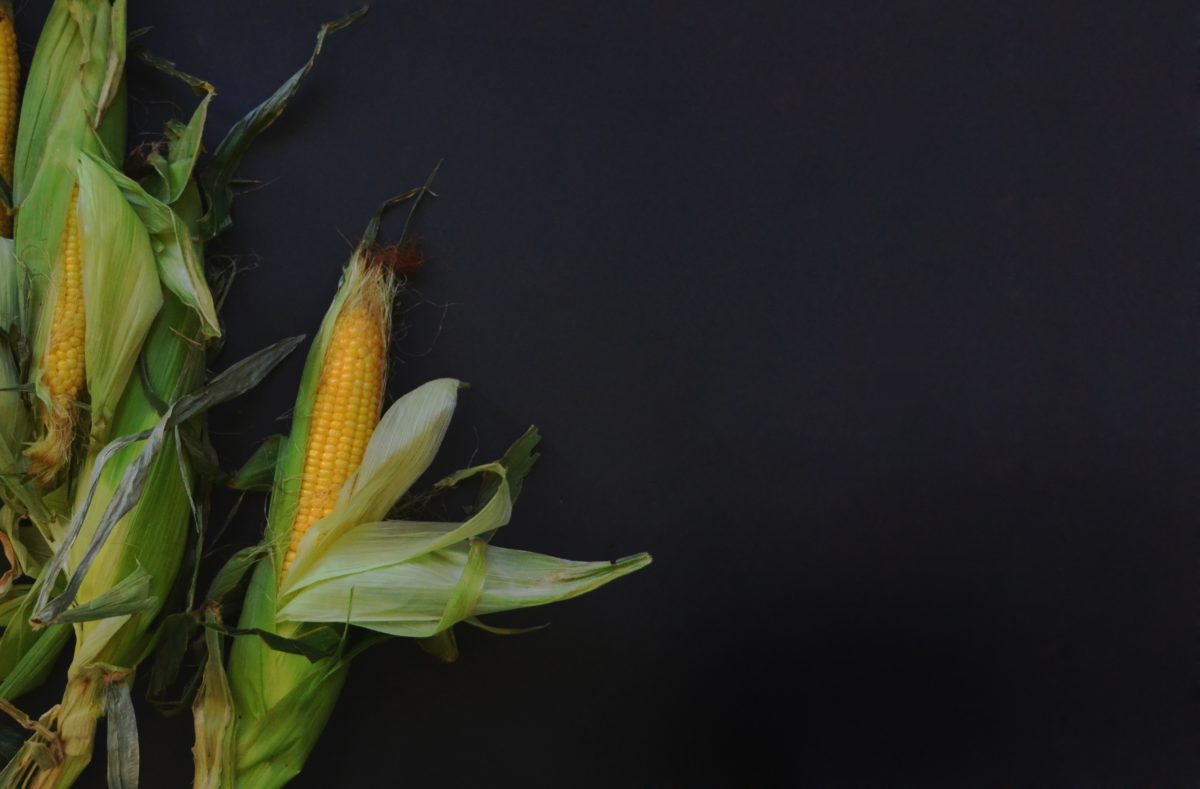

 Consider selecting
Consider selecting 

